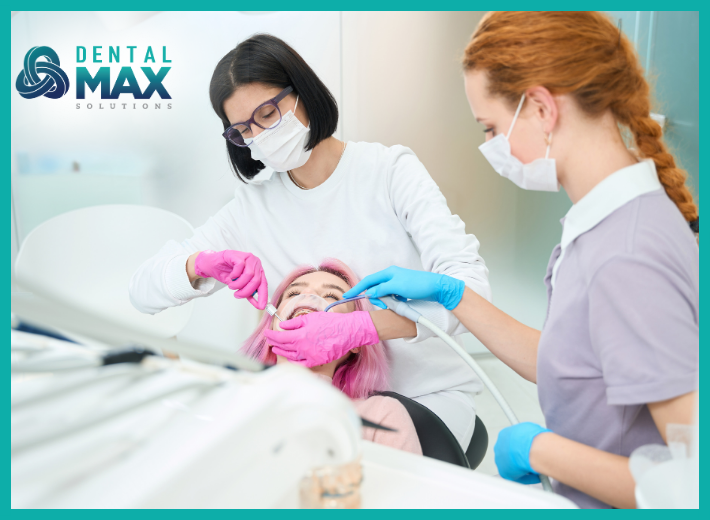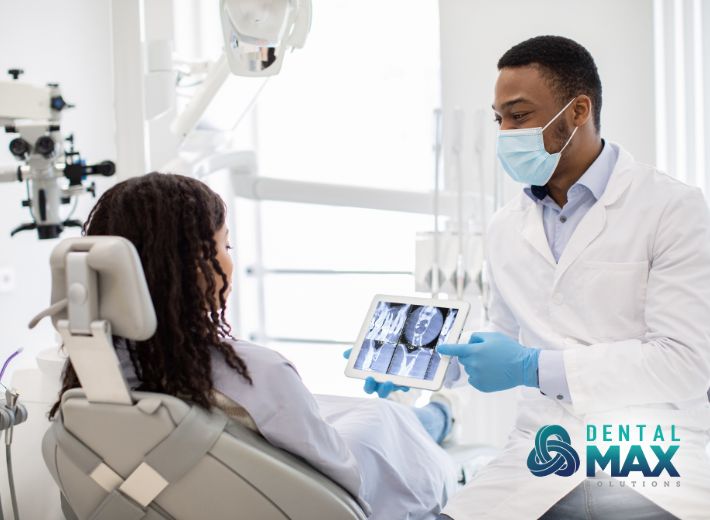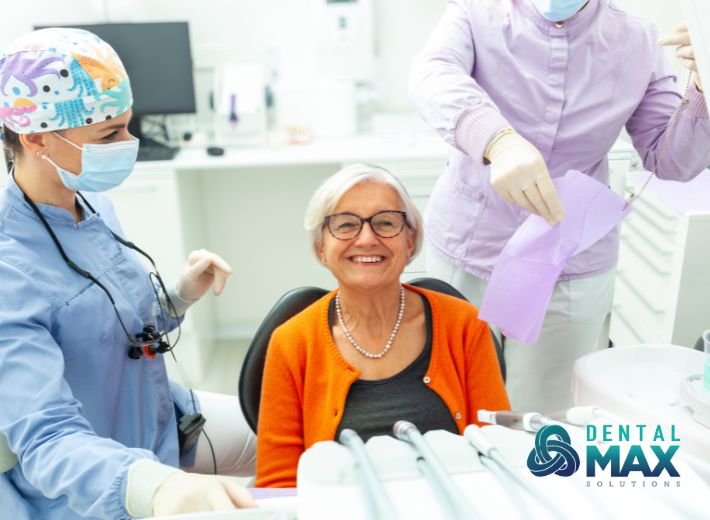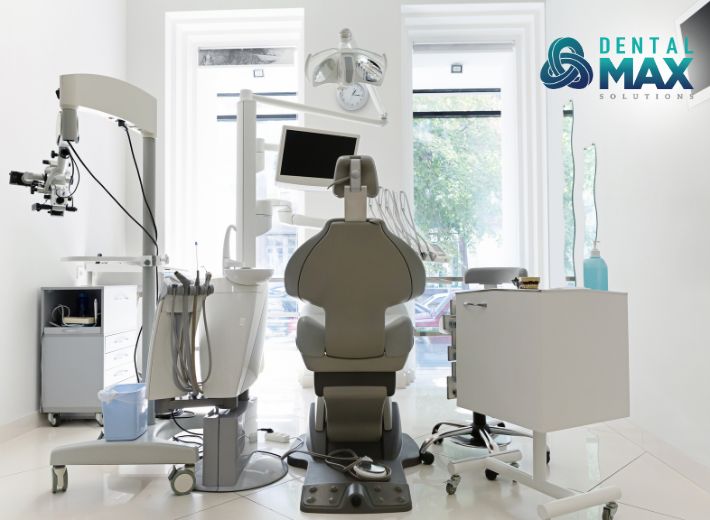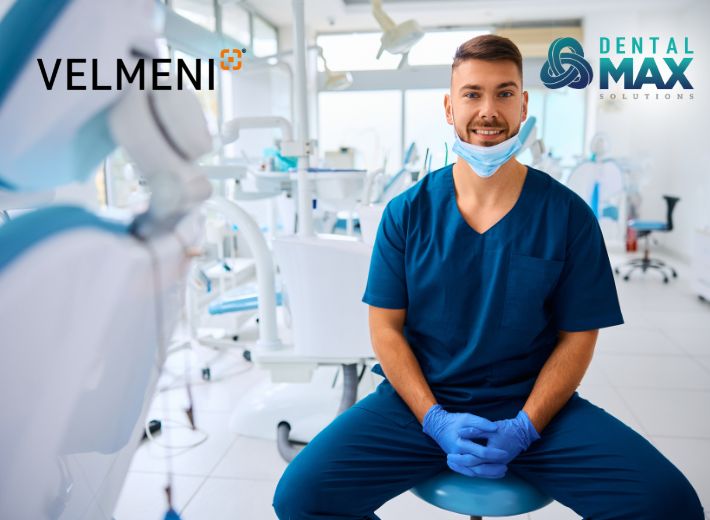Blog
How to Improve Dental Practice Communications
Effective communication is the cornerstone of a thriving dental practice. A smooth patient experience, from scheduling appointments to aftercare, hinges on clear and timely interactions. Let's build stronger patient relationships and elevate your dental practice to new heights.
When it comes to improving your dental practice, one of the main challenges I hear about is communicating effectively. Of course, the real challenge to this “challenge” is that everyone means something different by “communication.” Does it mean communications from front to back or back to front? Does it have to do with patients understanding their treatment plans? Maybe you don’t have clarity about the doctor’s expectations? Perhaps you just mean literally that your team is not communicating… period. What does “communication” mean to you and your team?
To fix your communication challenges, let’s begin with the end in mind and set you and your team up for success when it comes to your communication strategy.
Yes, you need an actual communications strategy. Because like anything else, effective communications are not going to happen effectively by accident. In fact, with everything in life, it’s on purpose or by happenstance. And since there are quite a few things out of our control (that happen by happenstance anyway), we darn sure better control all of the others on purpose. There’s nothing more important in your practice (and your life) to do ON PURPOSE more. This is especially important when it comes to communication. You want it to be high quality, effective, intentional, and on purpose. To do this, there must be a plan and an approach in place that you can all work with and agree on. Everyone on your team must be committed to your communications strategy. Otherwise, you’ll have breakdowns all day long. There are several parts to this…
1. Allow time for communication and have structured protocols with clear expectations.
That means you want to have disciplined Huddles where each person knows what the expected contributions are, every day. By stopping everything to focus on goals, activities, and responsibilities (and allowing for feedback), you provide instant reminders of what’s important. In a busy dental office, this aligns everyone on the same path. This is why it’s so important to have a morning and an evening Huddle in some way, shape, or form. There are always checks-and-balances with a forced communication structure which leads to more organized execution. This is all fundamental and you probably do this already. The key question is… how is it working? What can be better? Where does your effectiveness wane? What do you accomplish or not accomplish in your communication structure and why? I want you to assess every meeting and communication protocol you have to see where you can enhance the outcome. Remember, it’s not about your convenience; it’s about your outcomes. Does everything you do and talk about lead to helping more patients, scoring more points, getting more “yeses,” collecting more money, and producing more? This exact same thing applies to phone calls, triangles of trust, the tag team clinical experience, presenting treatment, etc. Everything is communication and therefore everything should have strategy and purpose. Which leads me to…
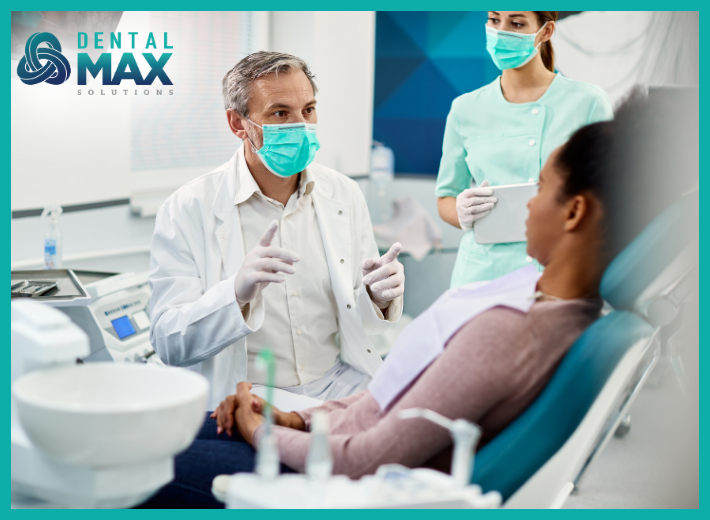
2. Identify where communication breaks down.
Where do communications break down in your process, treatment, patient, and schedule flow… in every part of your dental practice? The only way to know this is to ask each and every team member (technically, you’ll also want to survey your patients too, but this is a good start). Let each person talk from their perspective and share where they feel they are missing information, unsure about something, making guesses, and other issues. For assistance, here are some keys to communicate with your team (and everyone for that matter) to create great relationships…
- Ask A Question.
- Be Curious.
- Care.
- Listen.
- Restate.
- Explain Clearly.
- Be Transparent.
- Verify Understanding.
If you want to be the best… add a few adjectives to each and you will be on your way to becoming a more effective communicator with everyone:
- Ask MORE and BETTER Questions.
- Be GENUINELY and STRATEGICALLY Curious.
- Care DEEPLY and with AUTHENTICITY.
- Listen INTENTLY and ACTIVELY.
- Restate FREQUENTLY and COMPASSIONATELY.
- Explain Clearly WHAT Matters Most To THEM.
- Be Transparent with YOUR Objectives and THEIR Experience.
- Verify Understanding at EVERY Step and Decision.
Now, some may not have much to say, others may have a lot, but note that this goes far beyond just understanding what each other does, though that is important. This is about ensuring that there are no broken lines of communication or places where it’s inadequate in serving its purpose of achieving the desired outcome.
3. Make a list.
When you go around the room, list the specific places where communication breaks down and/or where it can be improved. Each team member has a different vantage point and perspective, so you need everyone’s input to cover all points of contact with patients. Where do you feel right now you could improve patient communication? Just take each step in your process and experience, and determine what you can do better to…
- Convey your philosophy;
- Discover the patient’s goals;
- Exemplify your differentiation from others;
- Calm the patient, build trust and engage;
- Involve the patient in the clinical experience and diagnosis;
- Work together to create a mutually agreed upon optimal treatment plan;
- Close on money, next steps, commitment to long term outcomes; and
- Use referrals, reviews and all other valuable things patients contribute.
The point is obvious. There are so many things the patient goes through in your practice; most of which they had no idea about or may not even understand because they are part of YOUR process. What great communication will do is the magic that I often describe as dentistry happening WITH someone instead of TO someone. This special 180-degree difference is all done through communication.
Use Your List!
Once you have this information, use it to your advantage. When you fix the communication breakdowns within your team, you will be amazed at how much more treatment you will close and money you will collect – patients get lost in the shuffle whether you believe it, or want to admit it, or not.
Focus on this process in three ways:
- What do you need to know about the patient to help make it a successful experience for them?
- What does the patient need to know about you, themselves, the process, and everything involved to make it a successful experience?
- How does this relate to your own personal position and responsibilities and how can you help other team members?
The secret to this is that no one person stands alone with the patient. It is about making sure that you are successfully helping the patient be prepared for the next step, phase, and team member in the experience. That’s how we connect patient communication to team member communication, which is so incredibly important. Remember your List is the key. You know best where you take shortcuts, miss steps or do not fully engage patients. Start communicating effectively and act on what you learn. Make this happen, because good communication is the key to making positive changes happen at your practice.

Ready to transform your dental practice through exceptional communication? Our dental practice consultant can help you create a patient-centric experience that drives loyalty and growth. Schedule a meeting today at 561-777-2439 to learn more or find us on Instagram!
Reference: [https://www.dentistrytoday.com/dramatically-improve-dental-practice-communications-and-watch-your-practice-grow/]
